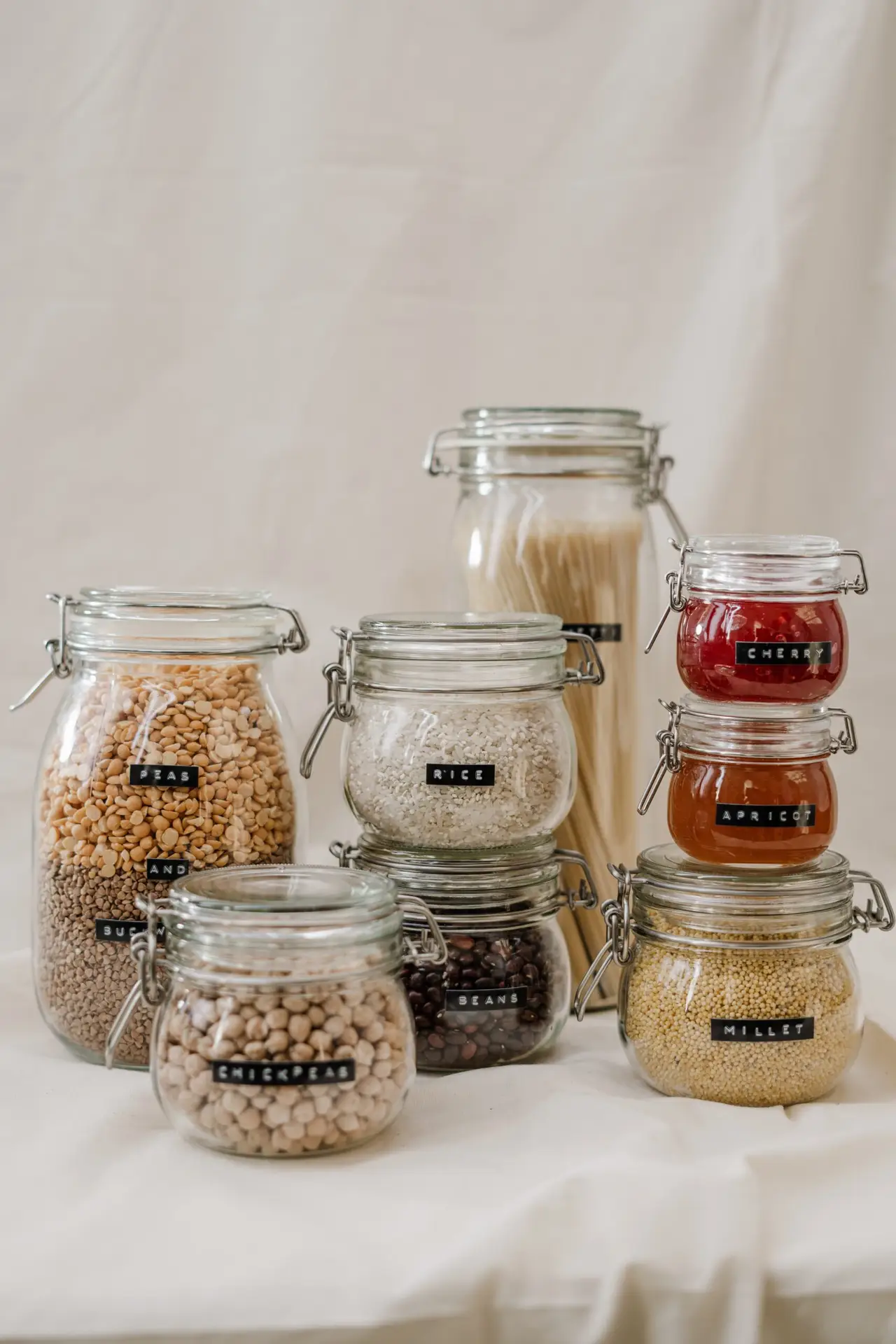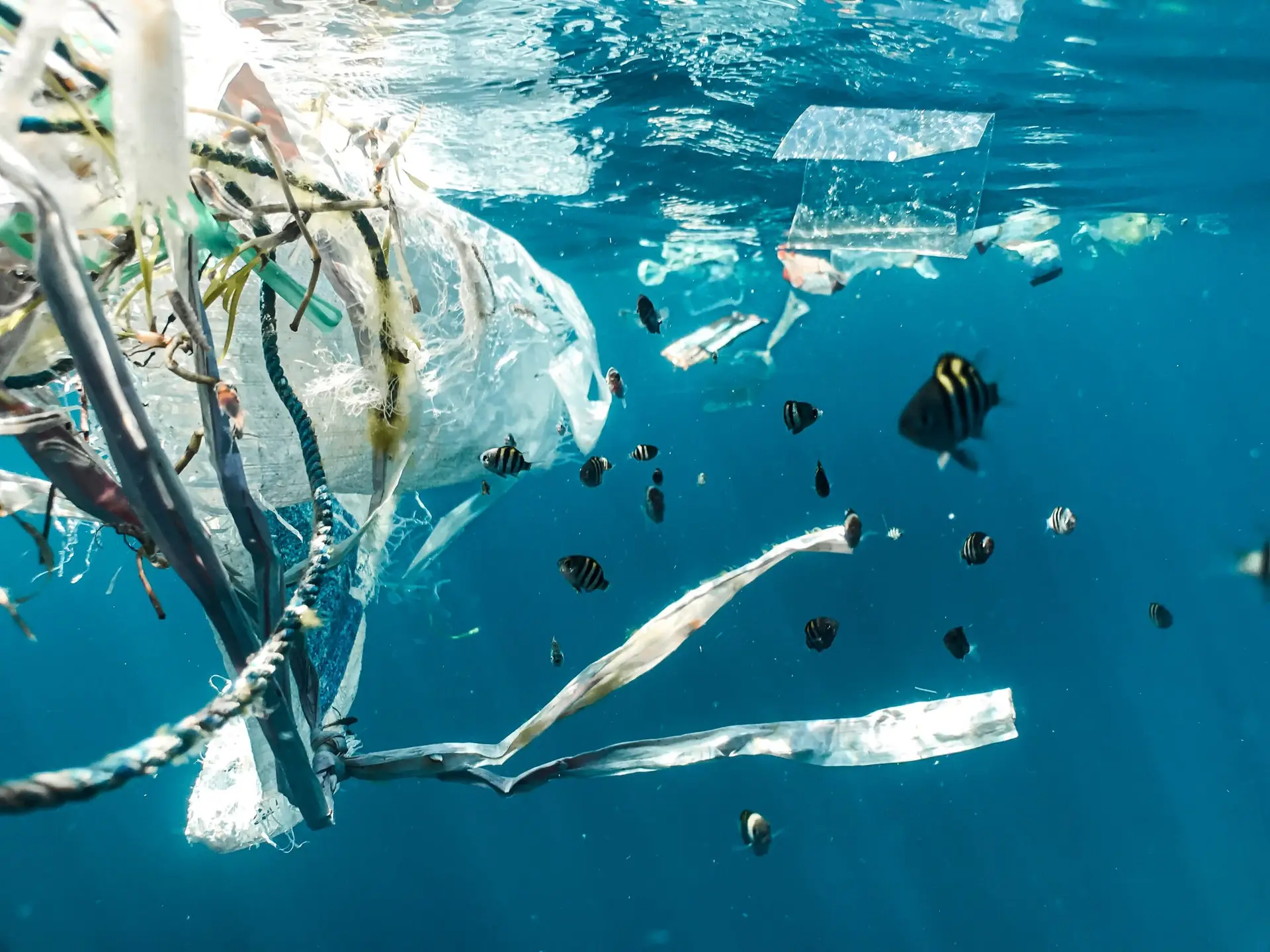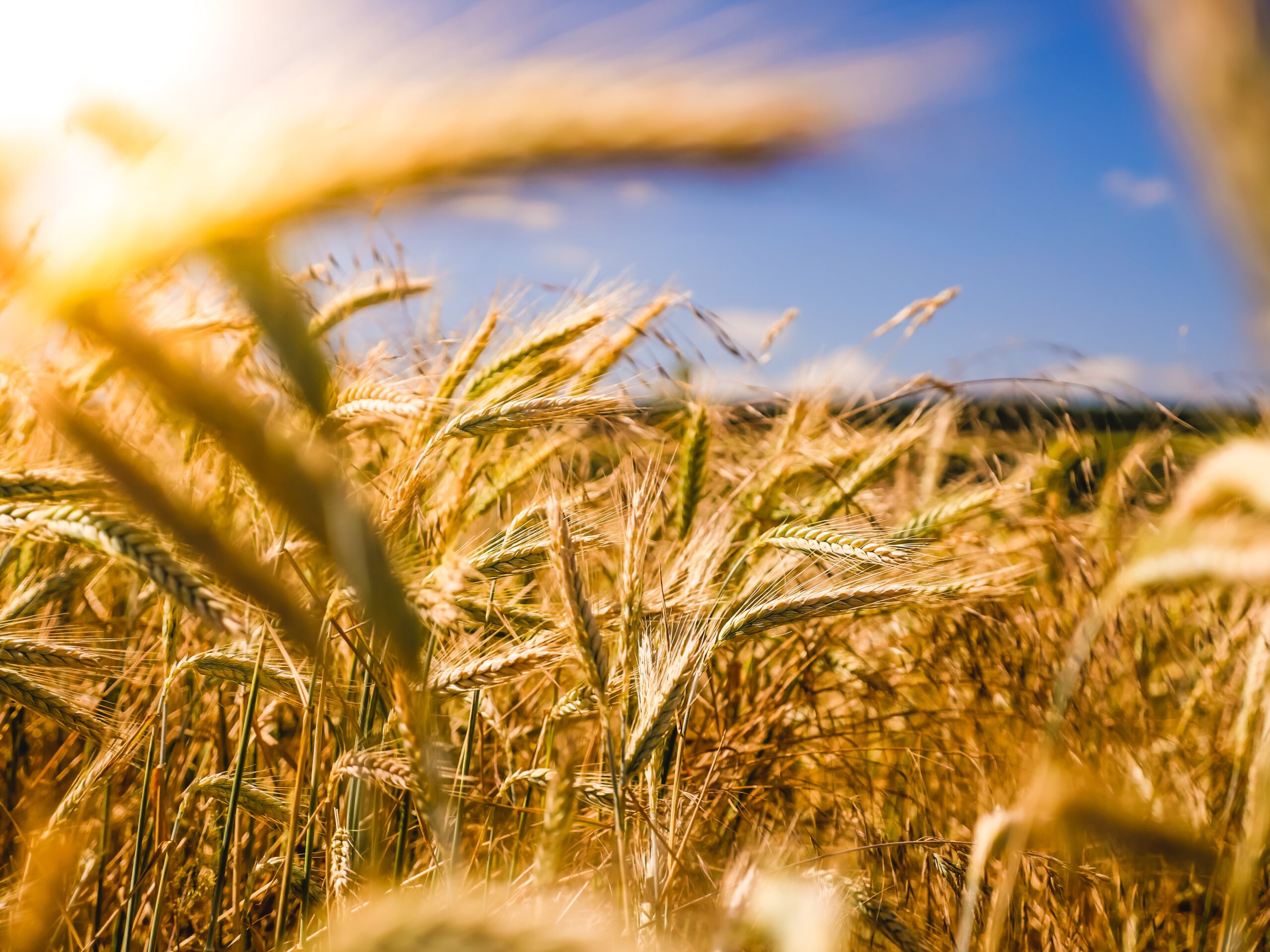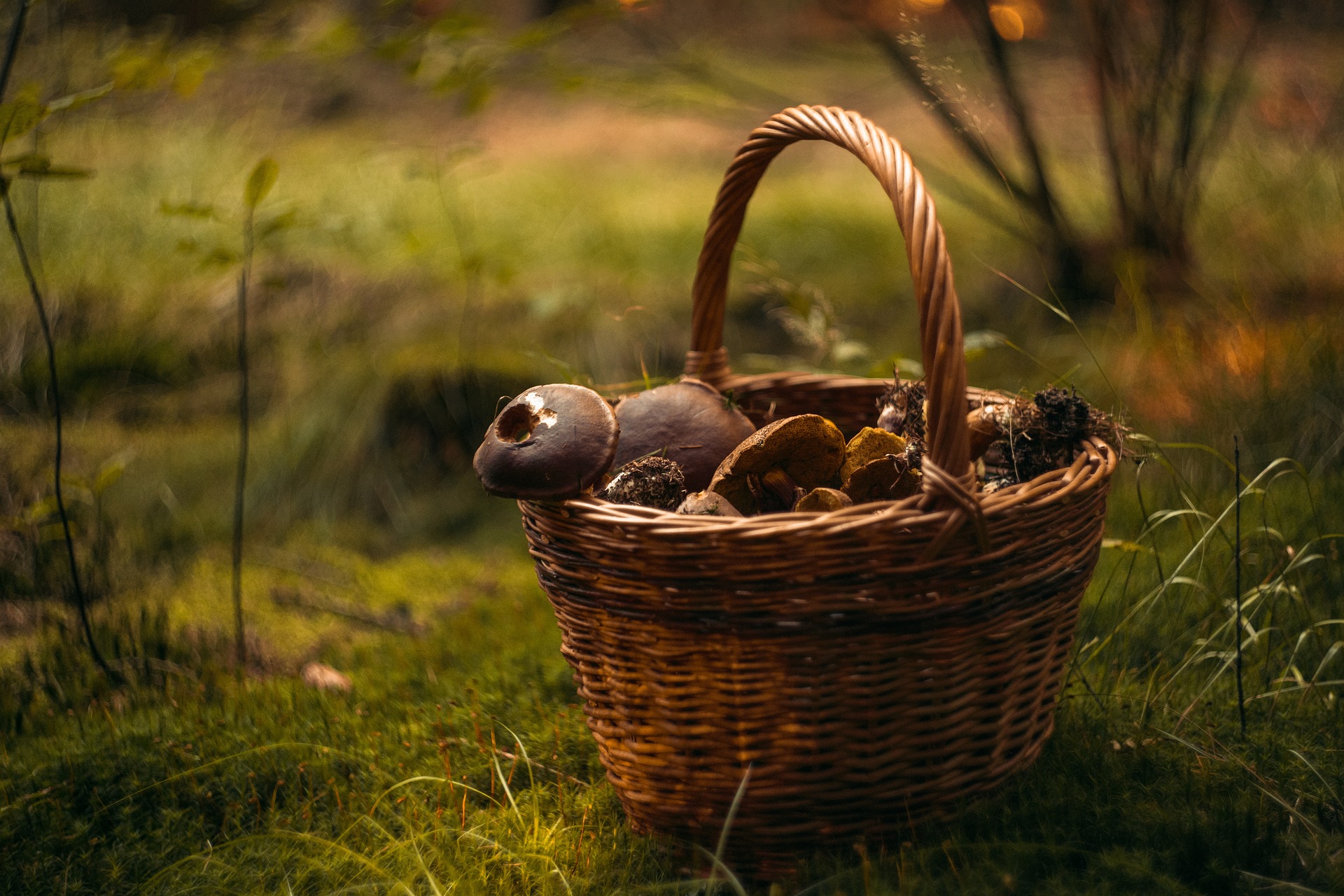Last time we spoke about the negative impact of plastics on our environment and also explained how it is connected to the climate. Make sure to have read the previous article before you continue with this one to not miss out.
Now, in life, things do not tend to be black in white. Believe it or not, there are actually many benefits to using plastic. Covering crops or the soil with plastic will avoid evaporation and therefore help to conserve water. It keeps out plagues and insects, just like pesticides do. Plastic is also easily manufactured at low cost, it has high durability (which means it can withstand more extreme weather conditions in agriculture), and is lighter than other materials, the latter is especially relevant for transportation.
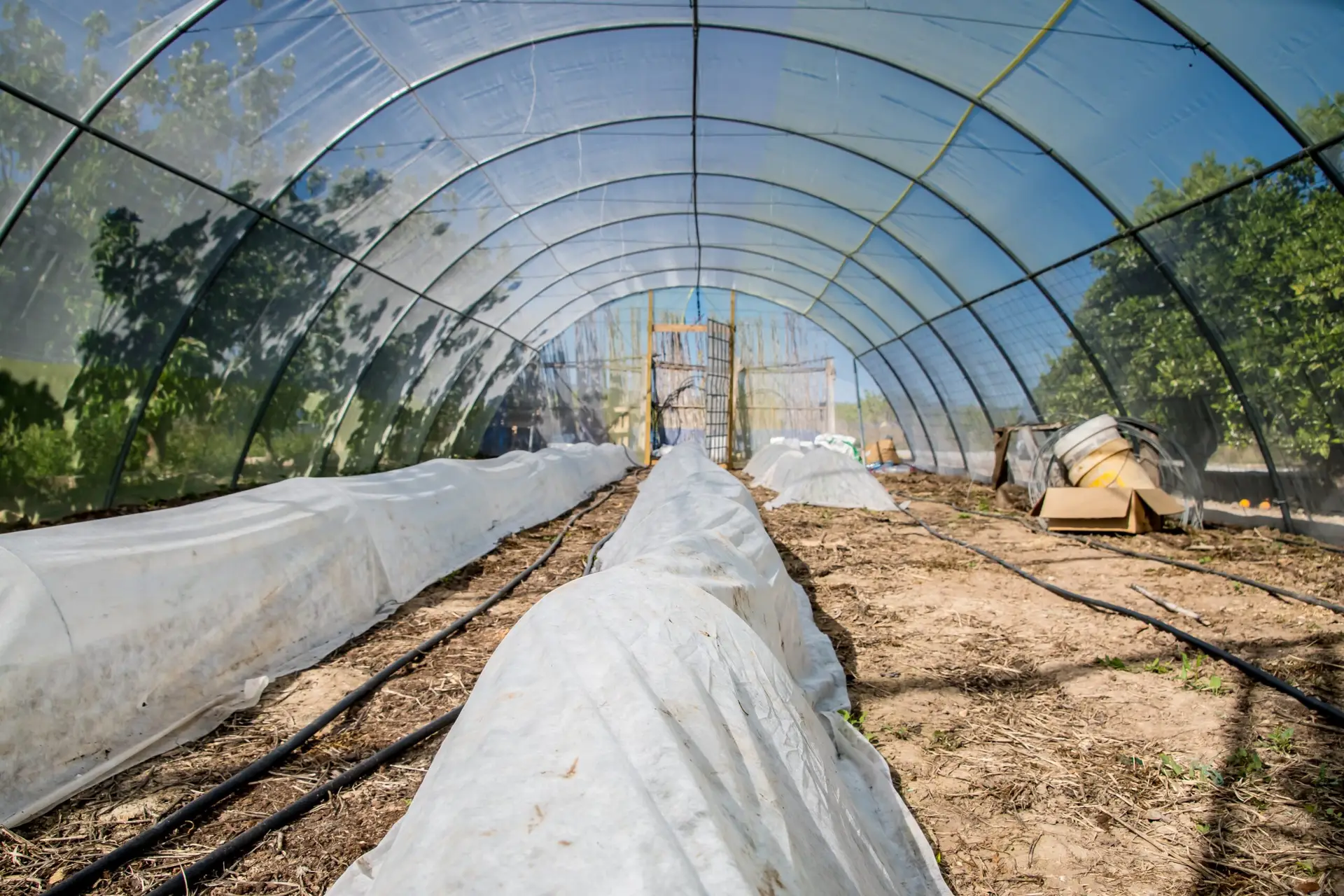
Even though this may sound controversial to some, plastic is better than paper for the climate, at least to some extent. It is not good but better when we look at it from the carbon dioxide equivalent (CO2e) standpoint. Plastic not biodegrading is bad for the environment but better for the climate, as it does not produce methane emissions during the decomposition processes – which paper does. A classic supermarket plastic bag contributes approximately 10gof CO2e, a paper bag 12g of CO2e, or even up to 80g of CO2e, depending on its thickness.
Of course, paper bags are generally easier to recycle and, being biodegradable, they can be used for composting. However, many of the paper bags that you get at supermarkets often have some coloured prints on them with probably a toxic ink, so definitely don’t add them to the compost of your veg garden – if you’re fortunate enough to have one, that is.
But ease of recycling and biodegradability aren’t the only factors to take into account. How much energy is needed to manufacture either plastic or paper and its durability is also important. Paper bags of course aren’t waterproof and just in general less durable. According to a research paper by the Northern Ireland Assembly, manufacturing a paper bag takes four times the amount of energy needed to manufacture a plastic bag.
A cloth or tote bag has to be reused 140 times to be more climate-friendly, which should be easy to manage because of its high durability. So the key to finding the most sustainable grocery shopping bag is, again, by looking at how many times it’s used. Reusing any type of bag will make it more environmental and climate-friendly and the higher the number of reuses, the better. In other words, it won’t make a significant difference if you buy a cloth bag and always forget it at home, or choose a paper bag instead of a plastic bag and overload it so it rips apart on the first journey home.
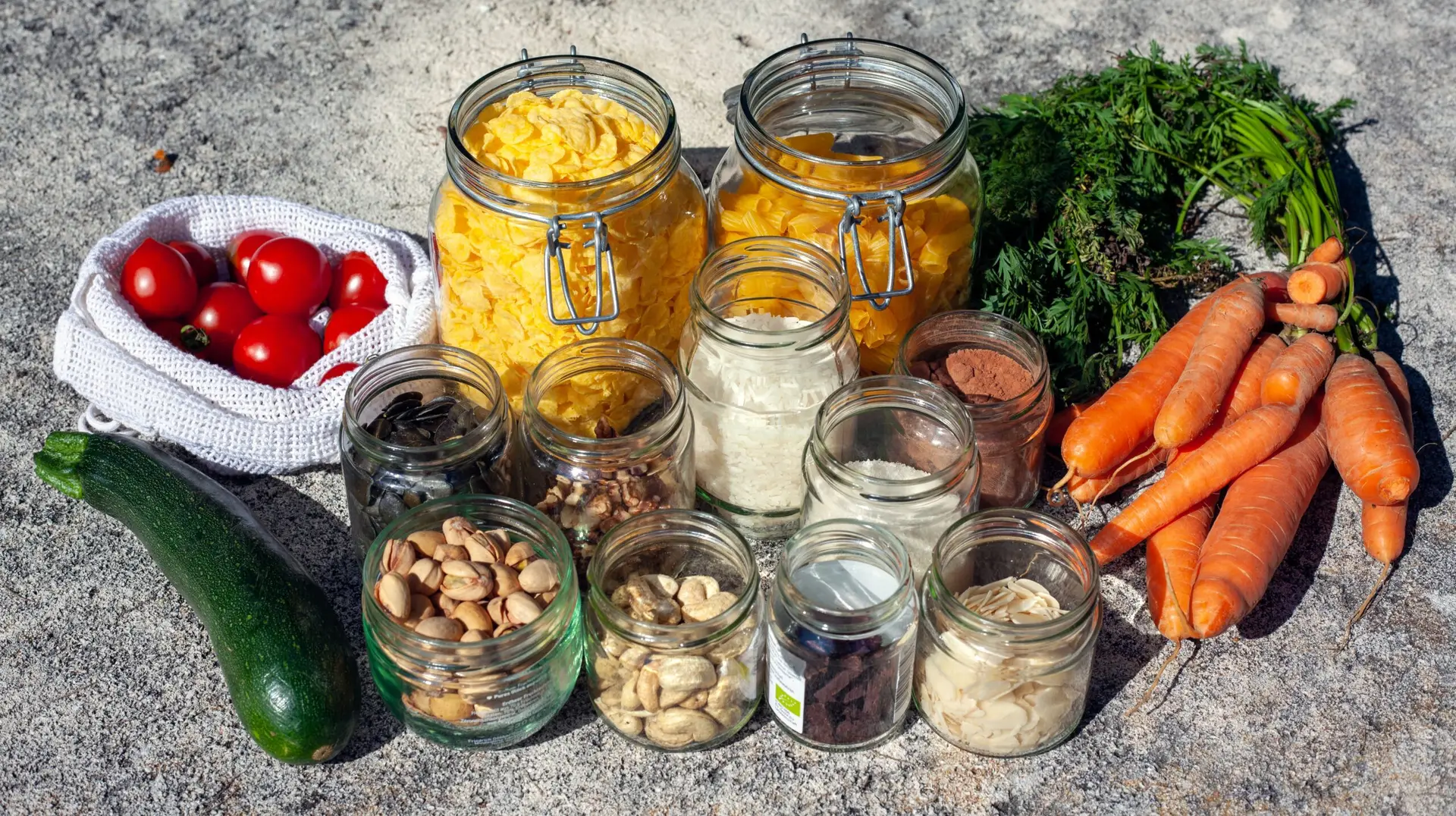
In the European Union, single-use plastics were banned from being put on the market in 2021. This was indeed quite a logical step to take, especially because most single-use plastics don’t ever find their way to recycling facilities. It makes sense to avoid them in the first place. However, there are some things that you will notice in European supermarkets that may not seem to add up.
When you buy small packages of juice, you will notice that the straws it comes with are now out of paper. However, you will also notice that this straw is still wrapped in plastic. Is this not contradictory? Well, one doesn’t have to be Einstein to know the reason: hygiene. Wrapping and storing food in plastic is the most hygienic option we have. The paper would rip or get wet, the tin foil wouldn’t get wet but can still crinkle and break easily and cloth isn’t an option either, obviously. While they could sell juices without a straw (reusable ones do exist), it is definitely a very difficult task to sell juice, or any other liquid for that matter in a paper bag.
Another alternative may seem to be glass. It has a positive image, but it’s more expensive, heavier, and easier to break so that complicates transportation. What is more, recent life cycle assessments, for example, in 2020 researchers of the University of Southampton showed that glass packages for beverages have higher negative impacts than typical plastic packages (compared to Tetra Paks, aluminium cans to PETs) in all of the research’s established impact categories, such as ecotoxicities or global warming potential. (If you want to know more about what life cycle assessments are, check out our article on it here)
To put it in a nutshell, plastics causes a lot of harm to the environment and climate but it also has some very attractive and positive features which make it difficult to replace. This means it can be a real struggle to take measures for avoiding plastics as an end-consumer, but there are definitely some things one can do. Be sure to read the next and last article of this With or Without series to find out more.
References
- Berners-Lee, M. (2010). How bad are bananas? The carbon footprint of everything. GreenProfile.
- Edgington, T. (2019, 28 January). Plastic or paper: Which bag is greener?. BBC News. https://www.bbc.com/news/business-47027792
- Brock, A., & Williams, I. D. (2020). Life Cycle Assessment of Beverage Packaging. Detritus, 13, 47–61. https://doi.org/10.31025/2611-4135/2020.14025
Images from
https://www.pexels.com/es-es/foto/paisaje-jardin-arboles-campo-14604753/

